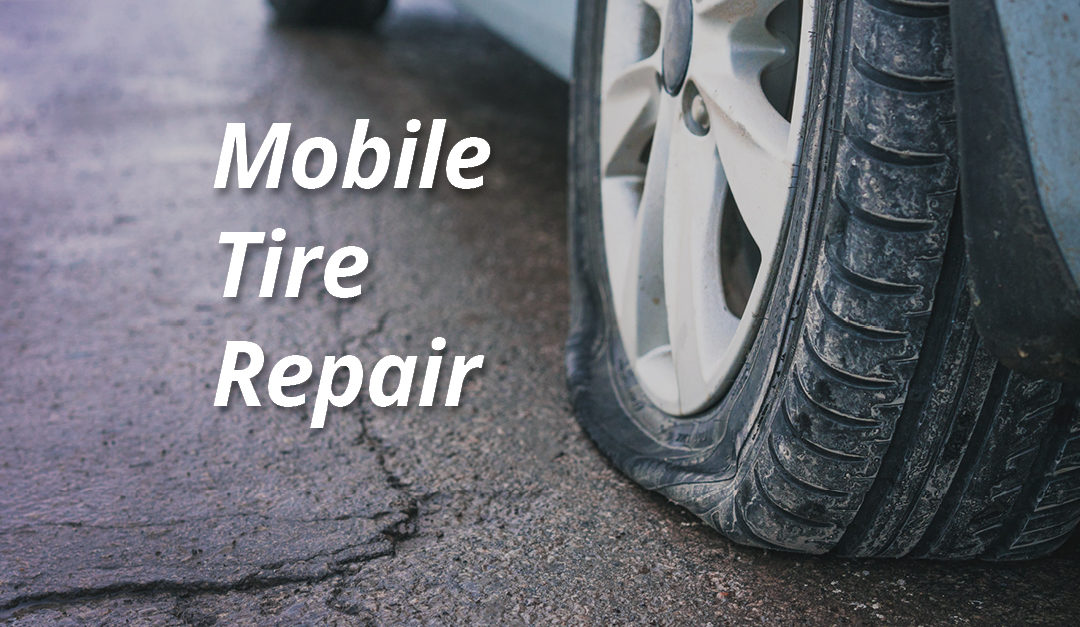Reputable Mobile Tire Change and Replacement in Las Vegas
Reputable Mobile Tire Change and Replacement in Las Vegas
Blog Article
Tire Service: Proven Methods for Ideal Tire Maintenance and Care
Keeping ideal tire problem is critical for both safety and security and performance of any type of automobile. From making sure correct tire pressure to normal turning and positioning, there are tried and tested methods that can substantially expand the life-span of your tires and boost overall driving experience. As we discover the intricacies of tire care and upkeep, we will certainly uncover necessary standards that every automobile owner need to abide by for the finest feasible results. Let's explore the globe of tire service and find the keys to maintaining your tires in first-class shape for the long run.
Importance of Tire Pressure
Ample tire pressure promotes much better gas efficiency, as under-inflated tires can lead to boosted rolling resistance, triggering the engine to function harder and take in even more gas. Correct tire pressure makes sure also step wear, improving tire long life and conserving money in the long run by delaying the requirement for early substitutes. Regularly inspecting and changing tire pressure, particularly previously lengthy trips, is a straightforward yet reliable means to enhance vehicle performance, extend tire life expectancy, and prioritize security on the roadway.
Tire Rotation Standards
When taking into consideration tire turning standards, it is vital to recognize the importance of this maintenance task in making the most of tire lifespan and maintaining optimal vehicle performance. Tire turning entails transforming the setting of each tire on an automobile to make sure also walk wear. Front tires tend to wear quicker than back tires because of guiding pressures, making routine rotation critical for well balanced wear patterns. The recommended turning pattern differs relying on whether a vehicle is front-wheel, rear-wheel, all-wheel, or 4x4. Commonly, tires must be turned every 5,000 to 7,500 miles, or as recommended in the vehicle guidebook. Disregarding tire rotation can lead to irregular wear, impacting handling, traction, and possibly compromising lorry safety and security. By adhering to correct turning guidelines, vehicle drivers can prolong the life of their tires, improve gas effectiveness, and enhance general driving experience. Routine turning is a straightforward yet reliable upkeep method that contributes dramatically to tire durability and vehicle efficiency.

Benefits of Wheel Placement
Guaranteeing appropriate wheel alignment after tire rotation is essential for preserving balanced wear patterns and making the most of lorry efficiency. In addition, appropriate wheel alignment aids to expand the life expectancy of your tires. Misaligned wheels can trigger uneven tire wear, leading to early tire substitute and enhanced maintenance prices.

Tire Footstep Deepness Check
Doing a normal inspection of tire walk deepness is crucial for maintaining risk-free driving conditions and lengthening the life-span of your tires. The why not try here tread on your tires plays a vital duty in providing traction, specifically in slippery or wet conditions. To inspect your tire walk deepness, you can make use of a step deepness scale or the penny test. The suggested step depth is at least 2/32 of an inch. It is time to replace your tires to guarantee ideal performance and security on the road if the walk depth is below this threshold. Uneven tread wear can suggest problems with tire placement, suspension, or stress, highlighting the relevance of normal step deepness checks. Ignoring to keep an eye on and preserve appropriate walk this content depth can result in decreased grip, longer stopping ranges, and an enhanced risk of hydroplaning. By incorporating tire step deepness check out your regular maintenance schedule, you can drive with confidence recognizing that your tires remain in top condition.
Seasonal Tire Inspection
Seasonal tire evaluation is a fundamental aspect of tire upkeep that makes certain tires are prepared to deal with the difficulties posed by various climate problems. In preparation for winter, it is essential to examine the tire stress frequently as chilly temperatures can create tire pressure to drop. By performing regular seasonal tire evaluations, drivers can prolong tire life-span, improve fuel performance, and most significantly, ensure a safe and secure driving experience in varying weather problems.
Conclusion
In verdict, preserving proper tire stress, rotating tires regularly, straightening wheels correctly, keeping track of step depth, and performing you could look here seasonal assessments are important techniques for optimal tire treatment. By complying with these shown approaches, motorists can guarantee their tires last longer, execute much better, and add to general vehicle security. It is important to focus on tire upkeep to avoid accidents, enhance gas efficiency, and extend the life-span of tires.
Sufficient tire stress promotes much better gas performance, as under-inflated tires can lead to boosted rolling resistance, creating the engine to work more challenging and eat even more gas.When thinking about tire turning standards, it is important to comprehend the relevance of this upkeep task in maximizing tire life expectancy and preserving optimum lorry performance. Seasonal tire assessment is a basic facet of tire upkeep that ensures tires are ready to deal with the obstacles postured by various weather conditions. By carrying out routine seasonal tire assessments, vehicle drivers can lengthen tire life-span, boost fuel efficiency, and most importantly, ensure a protected driving experience in varying weather condition conditions.
In final thought, preserving appropriate tire pressure, turning tires consistently, straightening wheels appropriately, checking step deepness, and conducting seasonal inspections are important practices for optimal tire treatment.
Report this page